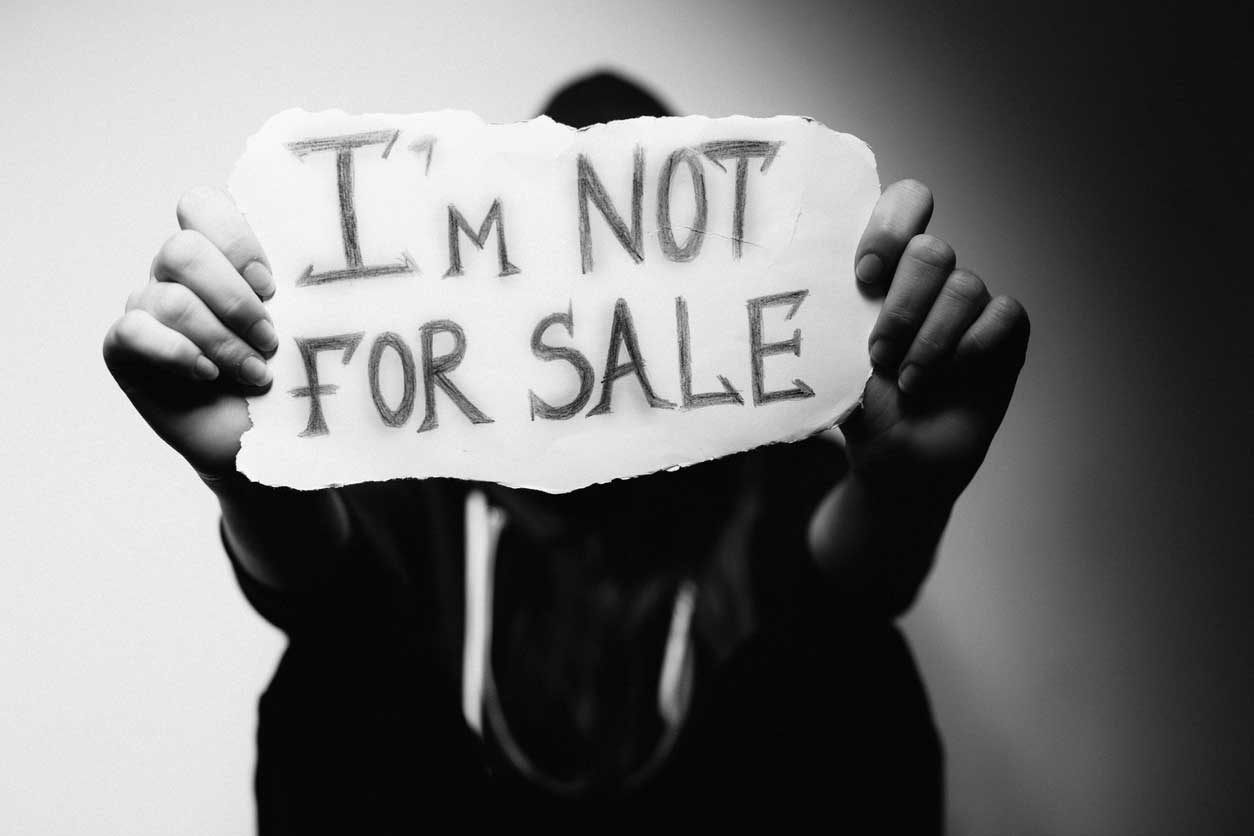Human trafficking and human displacement
Abstract
Most people agree that the practice of placing or keeping someone in an abusive position to profit financially is known as “human trafficking. Trafficking can take place both inside a nation and across international borders. For a variety of reasons, including forced and exploitative labour in farms, factories, and private homes, forced marriage, and sexual exploitation, women, men, and children are trafficked. All areas and most nations in the world are affected by trafficking. The exploitation of individuals for profit has a long history and international efforts to address it can be traced back at least a century, well before the birth of the modern human rights system.
Keywords: Trafficking, Human Trafficking, Causes, Preventive measures.
Introduction
The Universal Declaration of Human Rights and the United Nations Charter both attest to the fact that everyone is entitled to certain rights, regardless of their gender, colour, ethnic origin, or any other factor. All human rights are applicable to those who have been trafficked. International law makes it quite evident that those who have been trafficked cannot be subjected to discrimination only because they are foreign nationals, even if they are not in their country of residence.
Human Trafficking
Human Trafficking is the recruitment, transportation, transfer, harbouring, or receipt of people through force, fraud, or deception, with the aim of exploiting them for profit. Men, women, and children of all ages and from all backgrounds can become victims of this crime, which occurs in every region of the world. The traffickers often use violence or fraudulent employment agencies and fake promises of education and job opportunities to trick and coerce their victims.[1] The use of coercion, fraud, or force to obtain commercial sex acts or labour of any kind is known as human trafficking. Millions of men, women, and children are trafficked annually, both internationally and domestically in the United States. Victims might be of any age, ethnicity, gender, or nationality, and it can occur in any society.
Indian Perspective
In India, trauma affects women in less evident ways as well. Their oppression begins very covertly. Girls are imprisoned in their own homes, and women are abused by their husbands, dads, and brothers. All of this occurs inside the confines of these families. This violence is the result of a culture that deprives women of their most basic rights and gives men absolute power. There are many guys who despise women and girls; girls are taught to be silent and not to voice their ideas or engage in dispute or disagreement. Living in quiet, which gradually weakens their sense of self, is their only option. According to reports, the world’s fastest-growing criminal industry is the massive trafficking sector. This section highlights the legal definitions of bonded labor, child labor, and sex trafficking that are used in India and elsewhere throughout the report.s
Although they are in effect, India’s Immoral Trafficking Prevention Act, the Child Labor Act, the Juvenile Justice Act, and the Bonded Labour Abolition Act all prohibit commercial sexual exploitation. Because a society that fosters poverty, human trafficking, and violence against women need more than just legislation to alter. Regaining our humanity and starting a national conversation about the effects of this poisonous patriarchal culture are what we really need.[2] An assessment study on sexually exploited children and youth by the Economic and Social Commission for Asia and Pacific (ESCAP) shows that in South Asia young girls from certain rural areas of Bangladesh, India and Nepal are trafficked for marriage and then sold into prostitution (Shamim, 2010).[3]
With the assistance of NGOs and law enforcement, certain kinds of advertisements can be placed in local newspapers and other popular media outlets, and awareness campaigns can be held in villages, local schools, and among the public’s youth to raise awareness of the dangers of victimization. To discourage the demand that fosters all forms of human exploitation, especially of women and children, and that results in trafficking, measures such as legislative adoption or strengthening, proper law enforcement, uncorrupted officials, educational, social, cultural, or other measures, and, where applicable, penal legislation, including through bilateral and multilateral cooperation, should be taken.
Conclusion
Human trafficking gravely breaches the rights of those who are trafficked and puts their security and dignity in danger. Although women’s and men’s equality are guaranteed by Indian constitutions, in practice these guarantees are frequently empty words. Strong political will on the part of the government is essential to carrying out anti-trafficking laws to combat trafficking and thereby defend the human rights of the vulnerable. Therefore, every criminal activity that has the potential to be profitable eventually turns into a major social ill, such as people trafficking. If decisive action is taken, rigorous policies are created, and they are applied, we still have the ability to remedy the issue.
[1] UNODC, Human Trafficking , https://www.unodc.org/unodc/en/human-Trafficking/Human-Trafficking.html
[2] Denova, Human Trafficking in India, https://www.dianova.org/opinion/human-trafficking-in-india/
[3] Shamim I. State of Trafficking in Women and Children and their Sexual Exploitation in Bangladesh. Dhaka: Centre for Women and Children Studies (CWCS), 2010.


